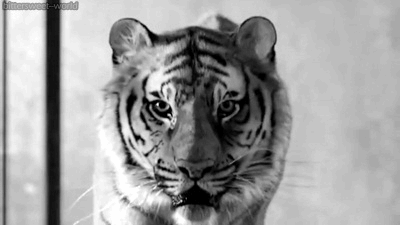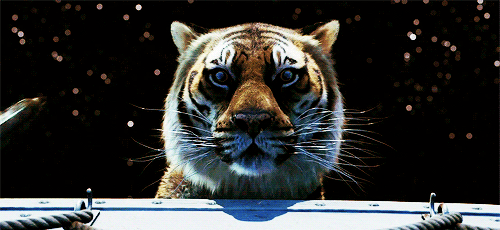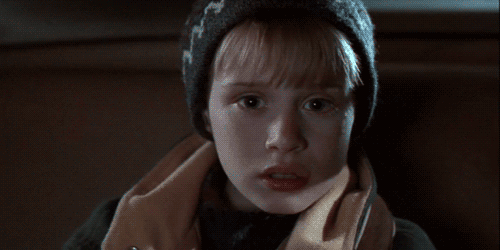Over the past few years, big 3D flics have been able to dominate the Oscars, but fail to achieve the award for Best Picture. Avatar (2009) won 3 Oscars (lost to The Hurt Locker), Hugo (2011) won 5 Oscars (losing Best Picture to The Artist), and now Life of Pi won 4 Oscars but lost Best Picture to Argo. It is important to note that all three of these films won the Oscars for Best Cinematography and Best Visual Effects. I haven’t seen The Hurt Locker, but sometimes I just wish movies would win for their visual difficulty alone. I definitely preferred Hugo to The Artist, and I feel the same way after finally seeing this spectacle, Life of Pi.

The film is based on the 2001 book by Yann Martel. It tells the story of Pi Patel, the lone (human) survivor of the shipwreck of a Japanese freight ship. His family owned a zoo in India but they are planning on moving to Canada and selling the animals. A massive hurricane later, Pi finds himself stranded in the middle of the Pacific Ocean with a live Bengal tiger.

The story is told by a grown-up Pi, narrating his experience for an author interested in hearing about what happened. Because the audience knows Pi survives, all of the complexity of the story rests on HOW he manages to last weeks in the ocean with a tiger.

A lot of the early part of the story is dedicated to Pi’s childhood in India. He grows up in French India, and at a very early age, he becomes not only a Hindu, but also a Christian and a Muslim. His father is not religious, and his mother is Hindu, so young Pi deals with defending his beliefs to his parents. His father mocks him for “blindly believing in everything” and compares it to “believing in nothing at all.” But on the whole they are supportive, which makes it heartbreaking when Pi’s father is forced to move his entire family to Canada because they can’t afford to keep the zoo.

This gif shows young Pi and the young tiger (named Richard Parker because of an error on his forms when the zoo bought him) and then teenager Pi with Richard Parker on the lifeboat. What I REALLY found amazing about this movie is how Pi deals with his beliefs in a way that coincides with his misfortunes, but also in how he sees Richard Parker. His father forces him to accept at a young age that the tiger is a cold-blooded carnivore, and would kill Pi if he had the chance. But the entire movie shows Pi struggling to believe otherwise, and sometimes that does not always go his way.

Even more impressive, the tiger is 100% CGI, so the actor for Pi does all of his performance by himself. The tiger being CGI was important, because it allowed the tiger to develop into a character himself, with facial expressions and movements that felt much more real than if they had a trained tiger doing everything. Speaking of the special effects, they certainly earned their Oscar. Sometimes when the story is slow, massive special effects scenes are thrust into the film to give it a greater universe to develop the characters in.

The whole film was done in a studio, a fact that made my jaw drop every time something astounding happened. I couldn’t believe how beautiful they made everything, and it certainly helped give the film the emotional gravity it needed to succeed.
The film was directed by Ang Lee, who has an extremely versatile career, since he also directed Brokeback Mountain (2005) and Hulk (2003). He won his first directing Oscar for Brokeback Mountain, and his second for Life of Pi. (P.S. He beat Stephen Spielberg both times, once with Munich and then again with Lincoln) Here he is with the star of Life of Pi, Suraj Sharma.

I am unbelievably happy that they rereleased this film in theaters, because it just wouldn’t have been the same on a TV. Take my word, it’s beautiful, go see it.
Last note, in 2003 Fox announced that M. Night Shyamalan would direct Life of Pi. He declined because he wanted to do Lady In The Water. So this beautiful film was almost directed by the man who brought you The Last Airbender (2010).

No comments:
Post a Comment